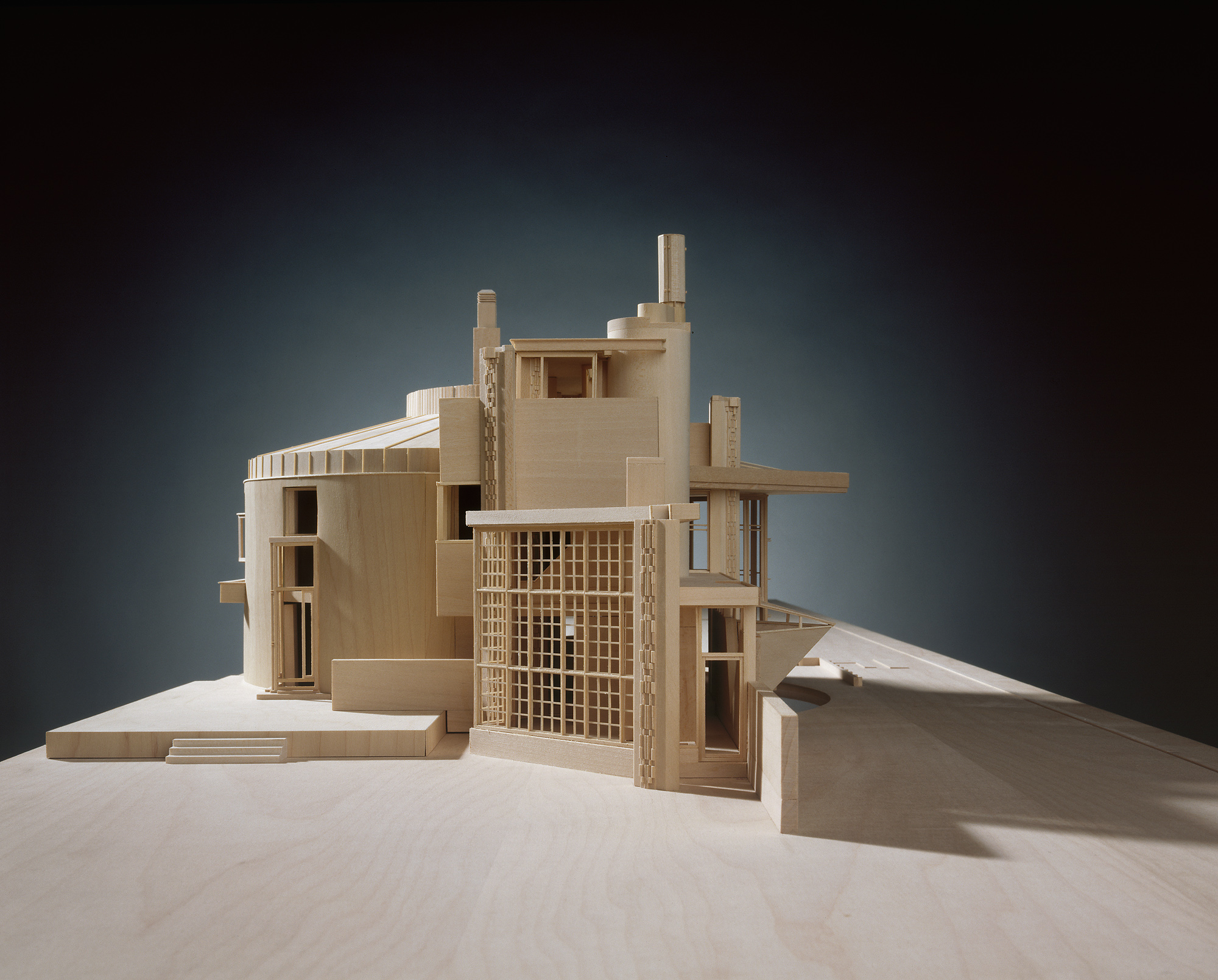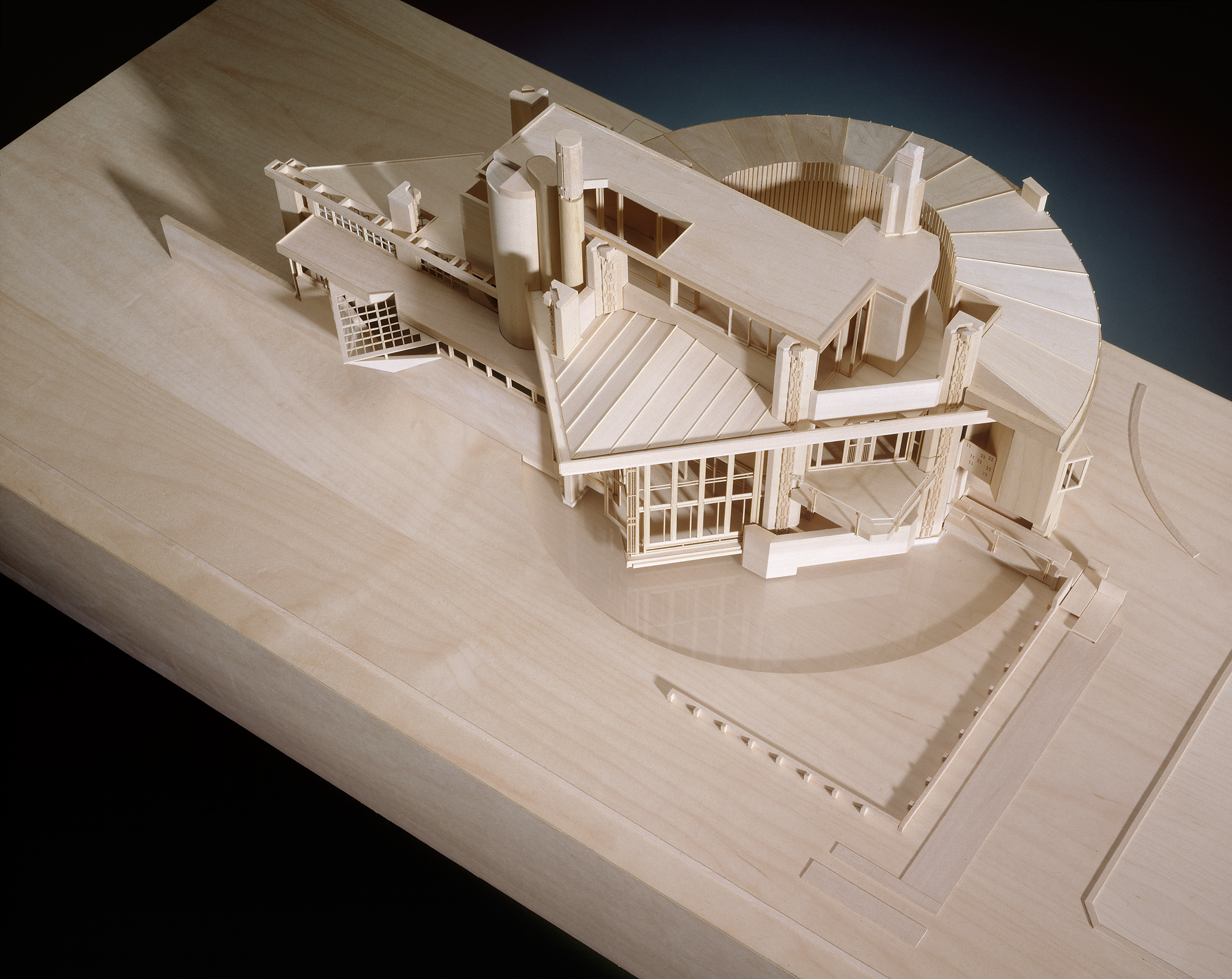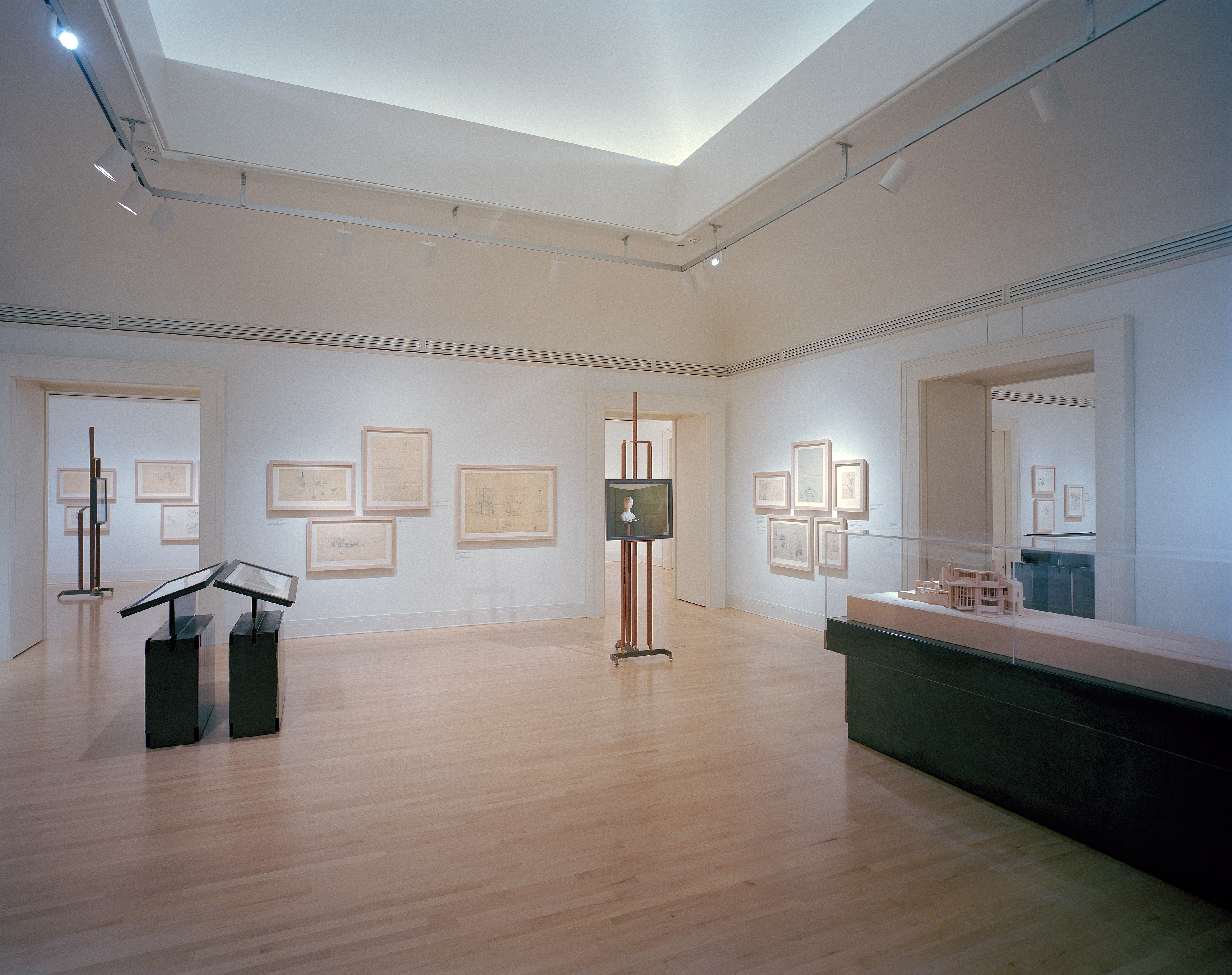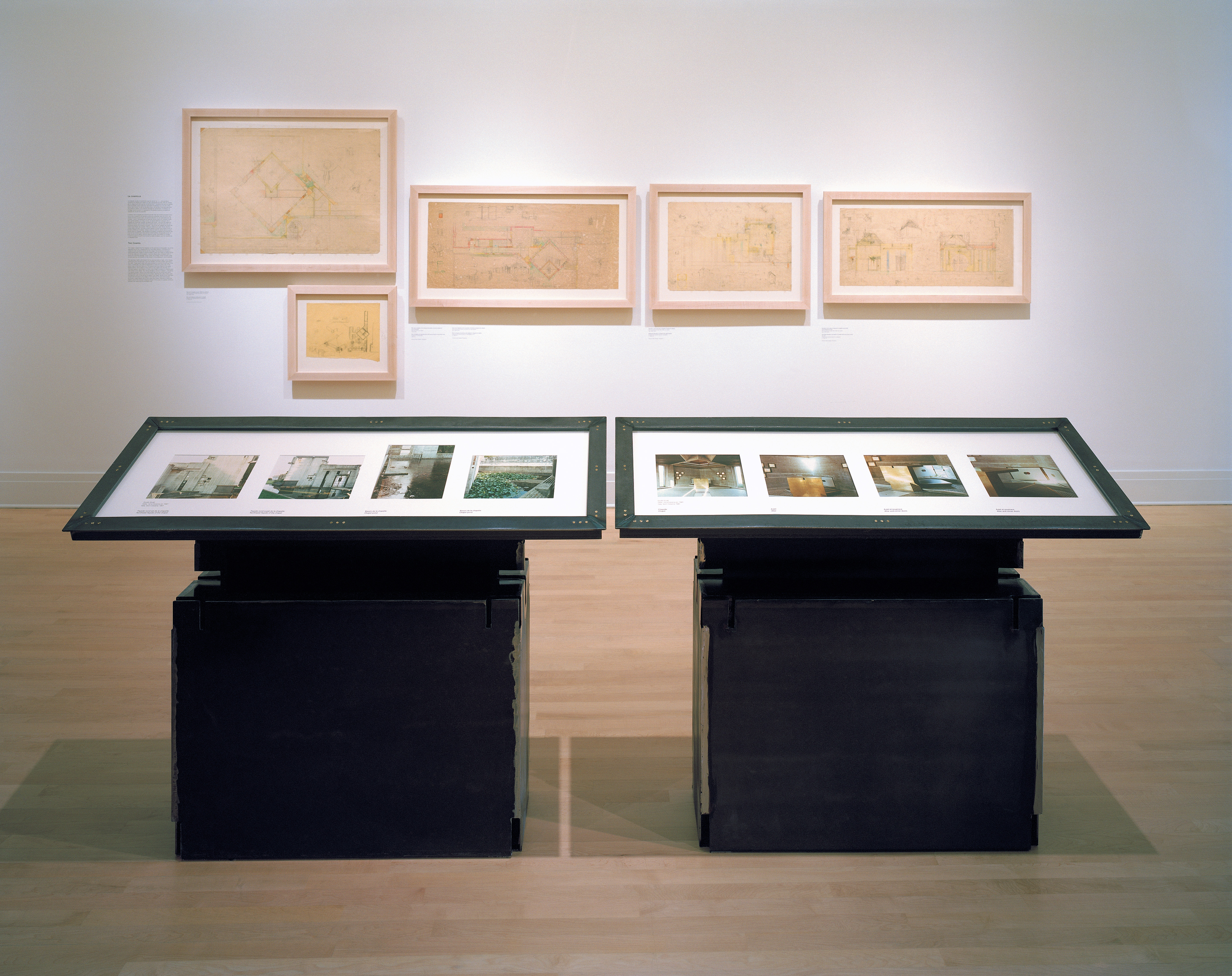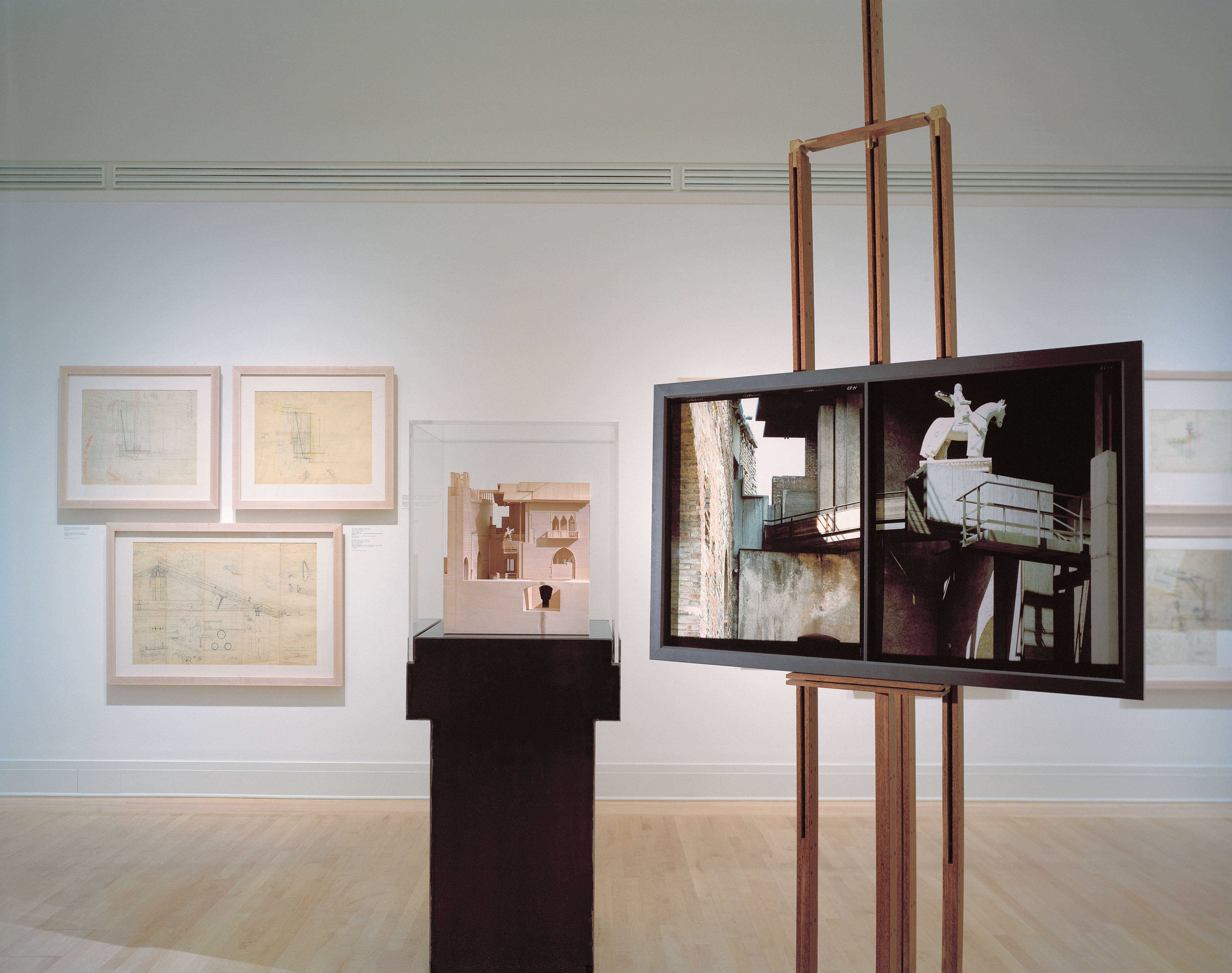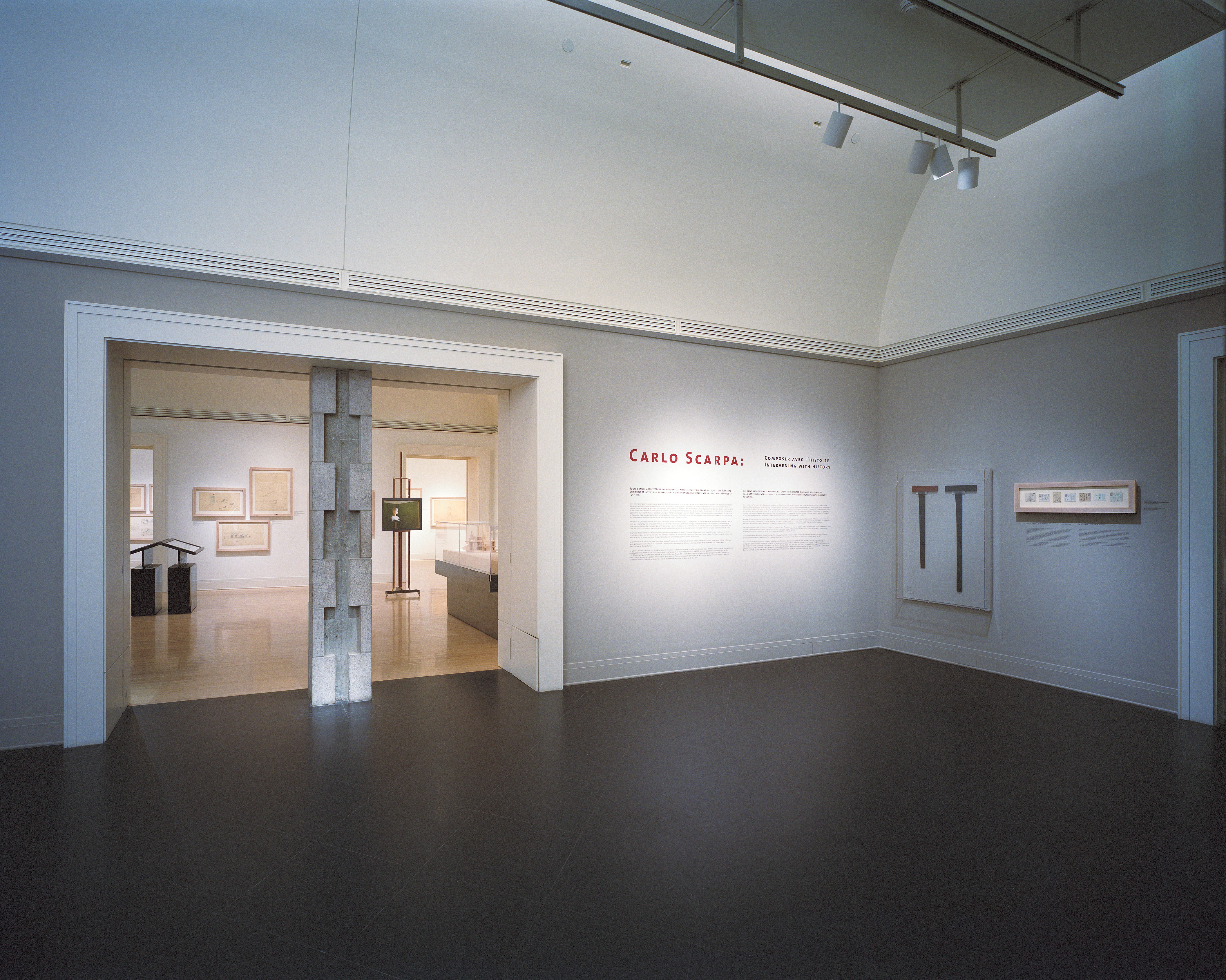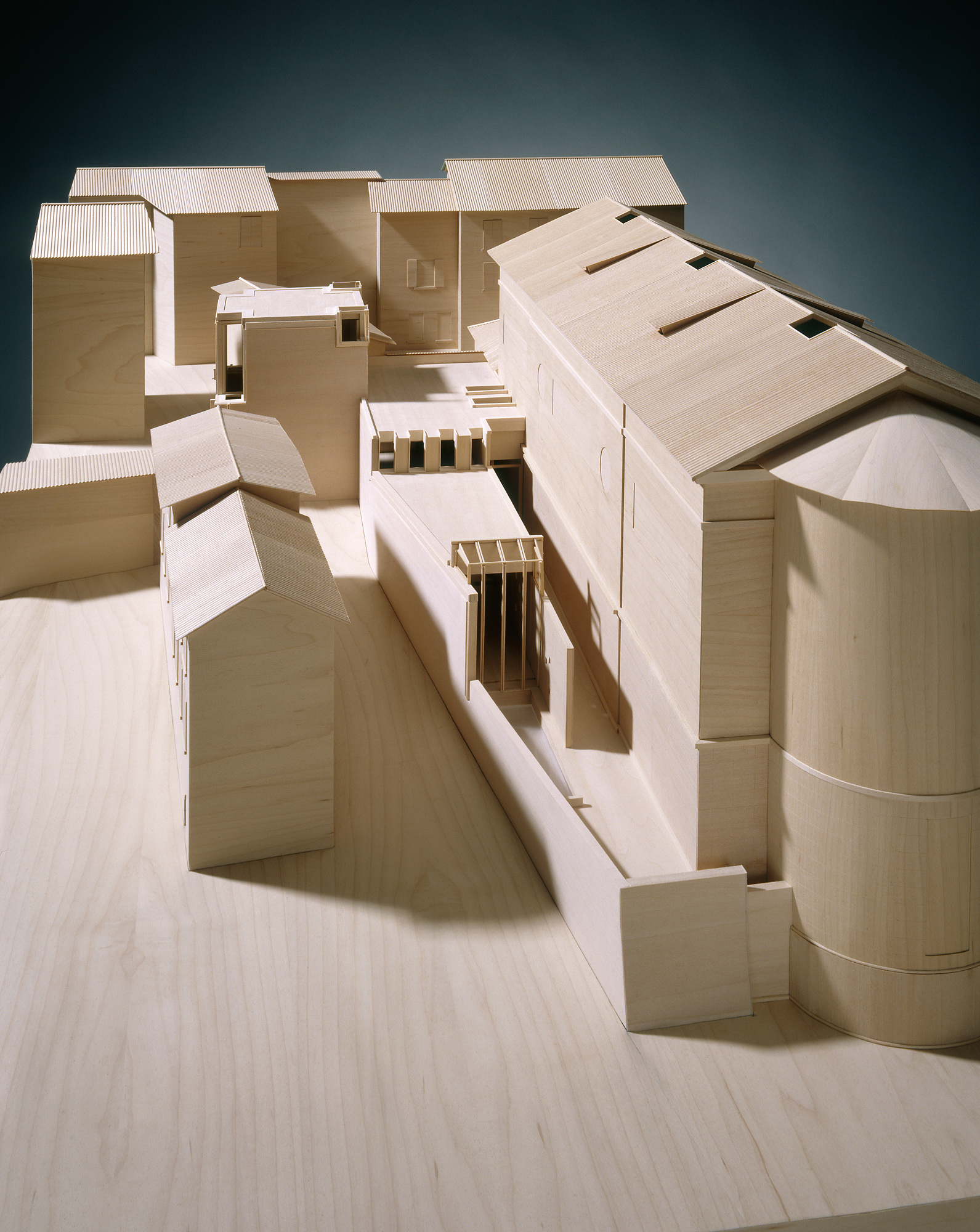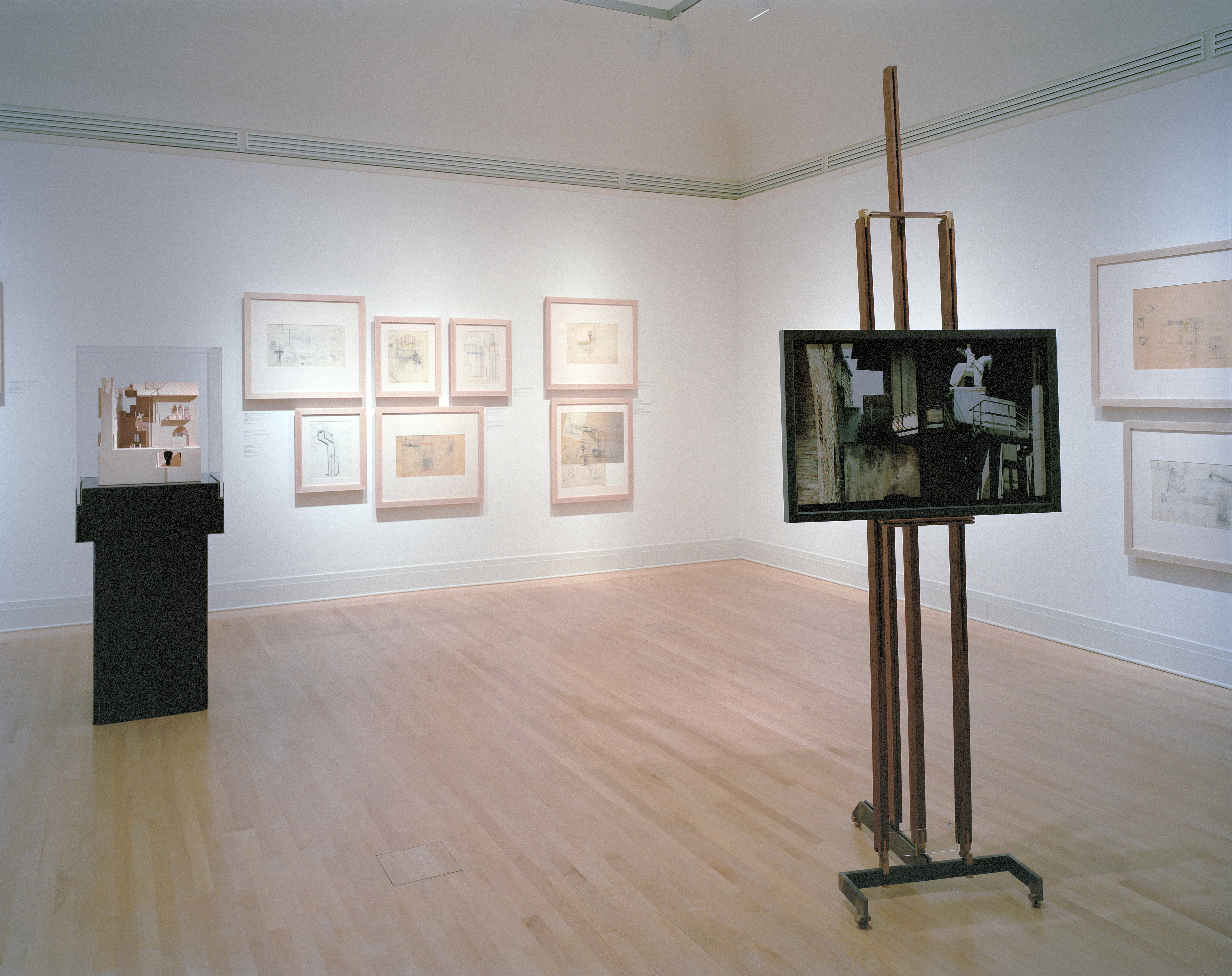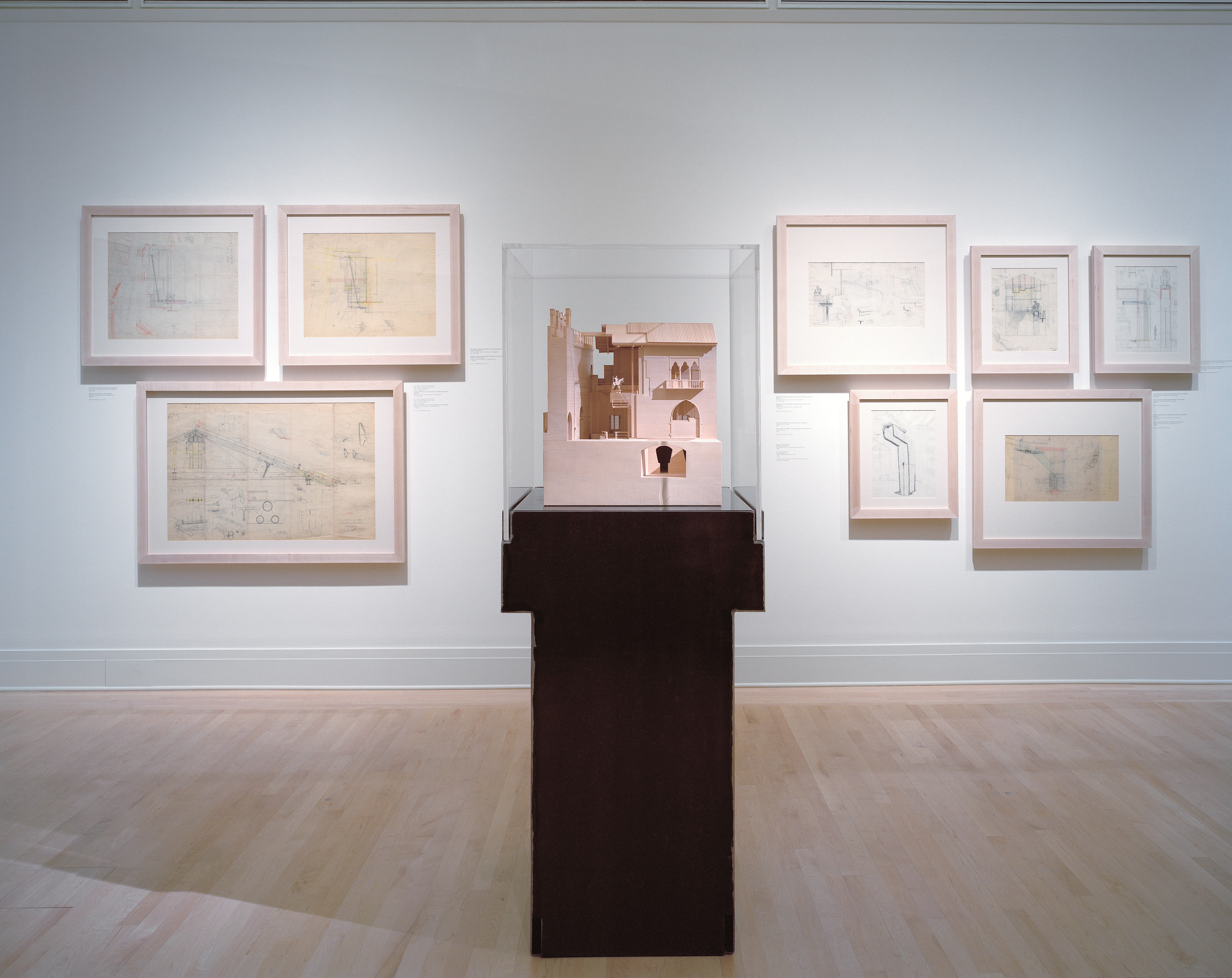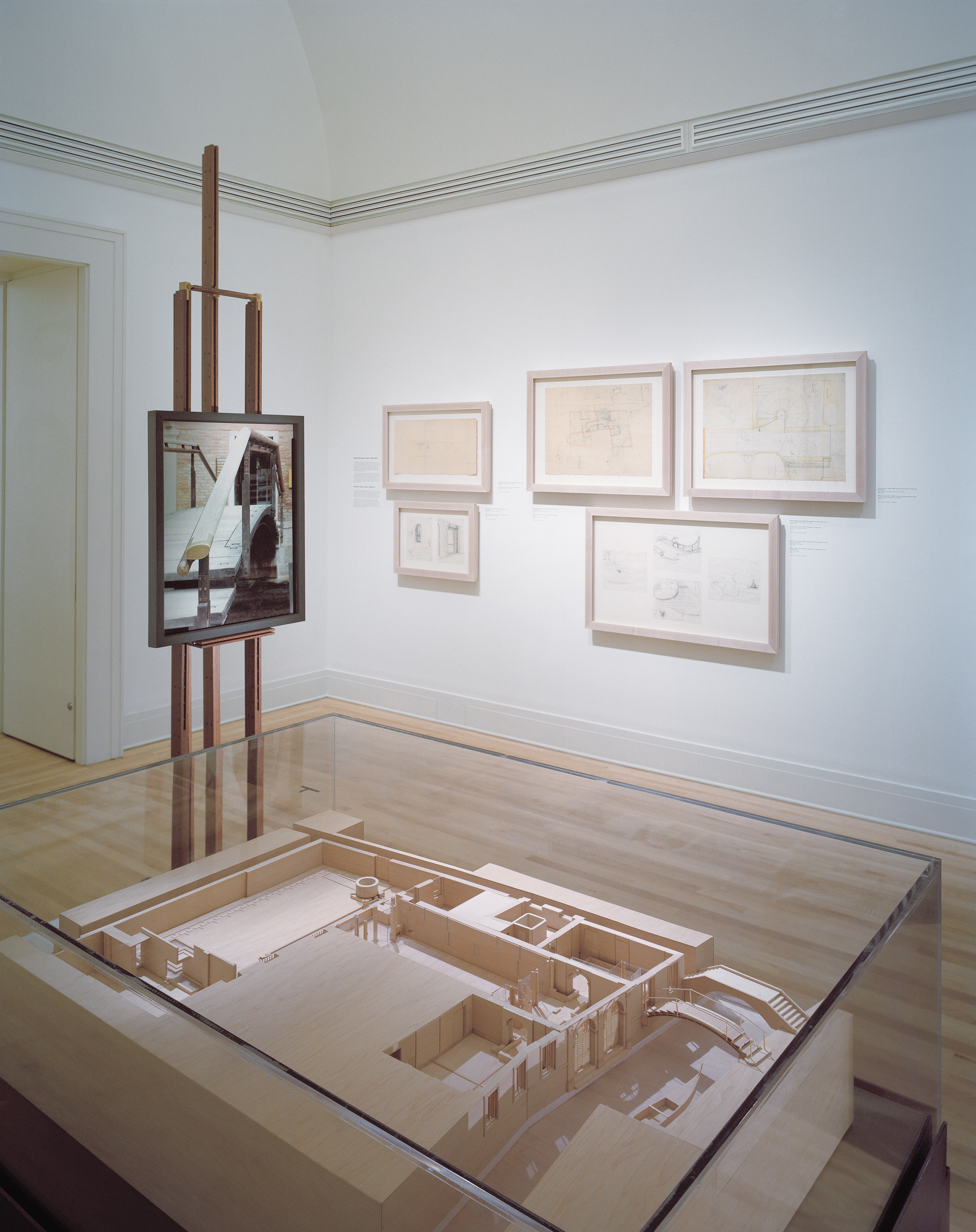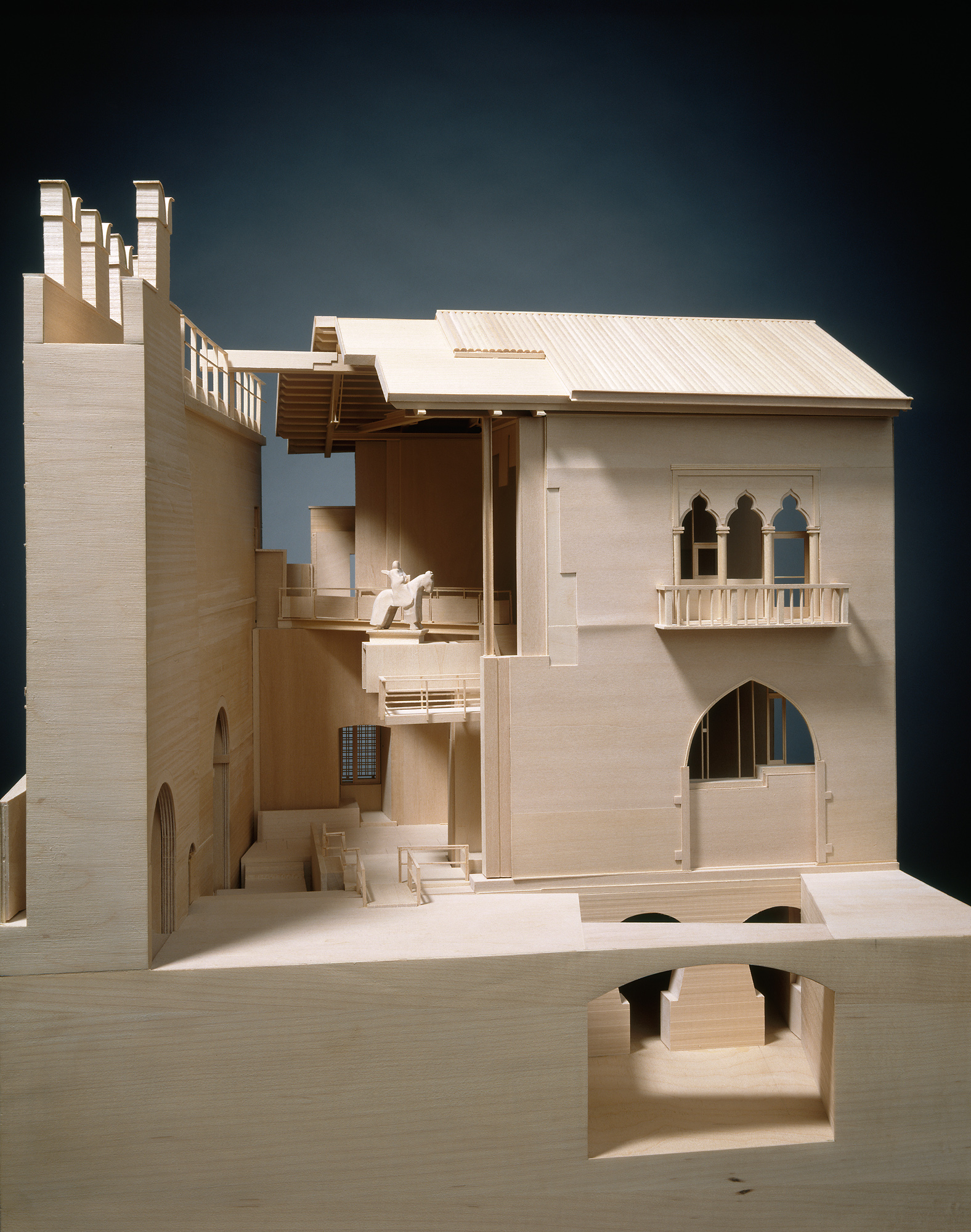Carlo Scarpa Exhibition Design
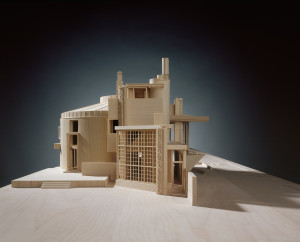
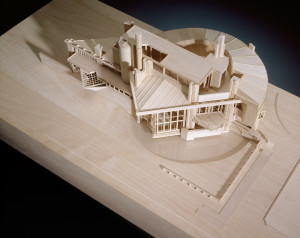
George Ranalli Architect performed exhibition design for Carlo Scarpa, Architect: Intervening with History sponsored by the Canadian Center for Architecture, Montreal, Canada and exhibited at the Whitney Museum of American Art, New York, N.Y., and the Library of Congress, Washington D.C., with photography by Michel Legendre began with the idea of bringing the work of renown Italian architect Carlo Scarpa (1906-1978) to North American audiences. The show presentation the original material and photographs of selected masterworks of architect Carlo Scarpa – an unconventional Modernist who pursued innovation through the traditions of the art of architecture.
The exhibition addresses a central and timely aspect of the work of Carlo Scarpa: its distinctive approach to contending with the layers of history that mark the fabric of a city and a building. In addressing Scarpa’s ability to weave new work into, and often out of disparate fragments, Carlo Scarpa, Architect: Intervening with History begins to unravel the complex and sometimes enigmatic symbolic programs that mark Scarpa’s work to reveal how he relates the irrational uncertainty of physical decay and the passage of time to the expressive possibilities of architecture. The exhibition documents in-depth two crowning works of Scarpa’s career – the restoration and reorganization of the 14th-century Castelvecchio in Verona (1956-73) as a municipal art museum, and his construction of a private tomb—“a city of the dead”—for the Brion family near Treviso (1969–78). Documentation from the Scarpa family archive and the repositories of Scarpa’s work at museums in Verona, Venice, and Palermo, features 150 of Scarpa’s drawings served as a window into his mental process and demonstrate his design virtuosity. Added to these are new photographs commissioned by the CCA from the Italian photographer Guido Guidi, which reveals how Scarpa’s projects unfold in time, light, and space.
The exhibition design for Carlo Scarpa, Architect: Intervening With History aimed to contextualize the works of Carlo Scarpa through the same craft-intensive methods and innovative uses of materials to represent the architect’s anti-commercialism and the passionate pursuit of craft attuned to history, tradition, and setting. The exhibition design offered general audiences an experience of the rare qualities of Scarpa’s architecture honoring the spirit of a place while introducing contemporary form, and age-old construction and fabrication traditions and local materials. A series of lightwood frames designed to displayed Scarpa’s drawings allow each piece to “float” inside while display easels fabricated from sheet steel show photographs by Guido Guidi of Scarpa’s projects are positioned to accommodate the human gaze, between each display on the gallery walls. George Ranalli Architect also contributed to the exhibition analytic study models of Scarpa’s masterworks and display casework to further represented his unique insights into spatial histories and realities and aesthetic qualities of modern architecture.
